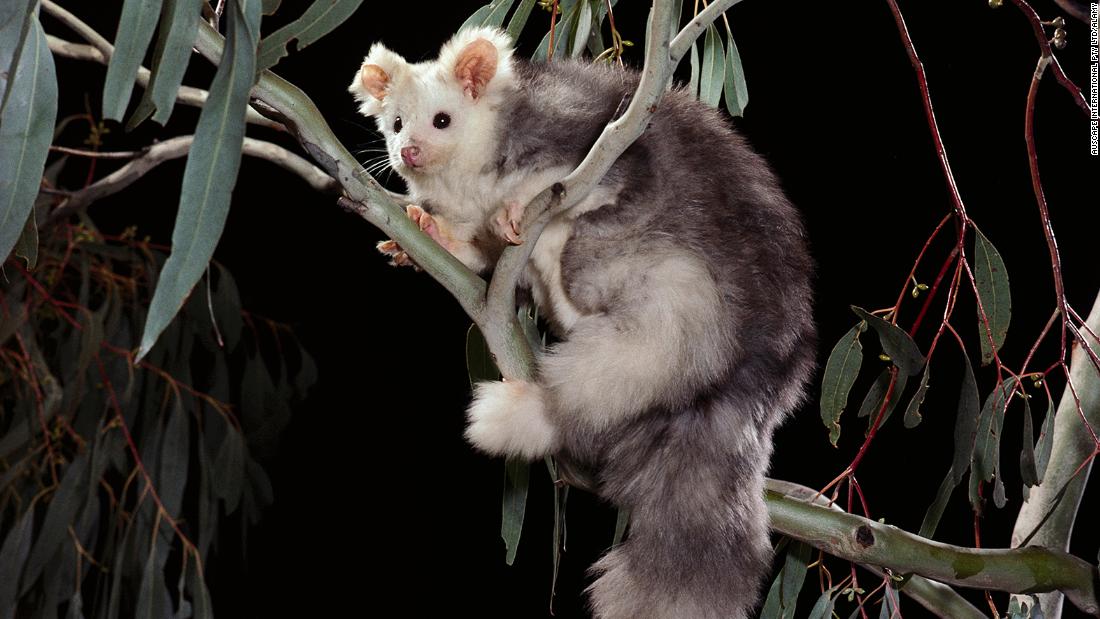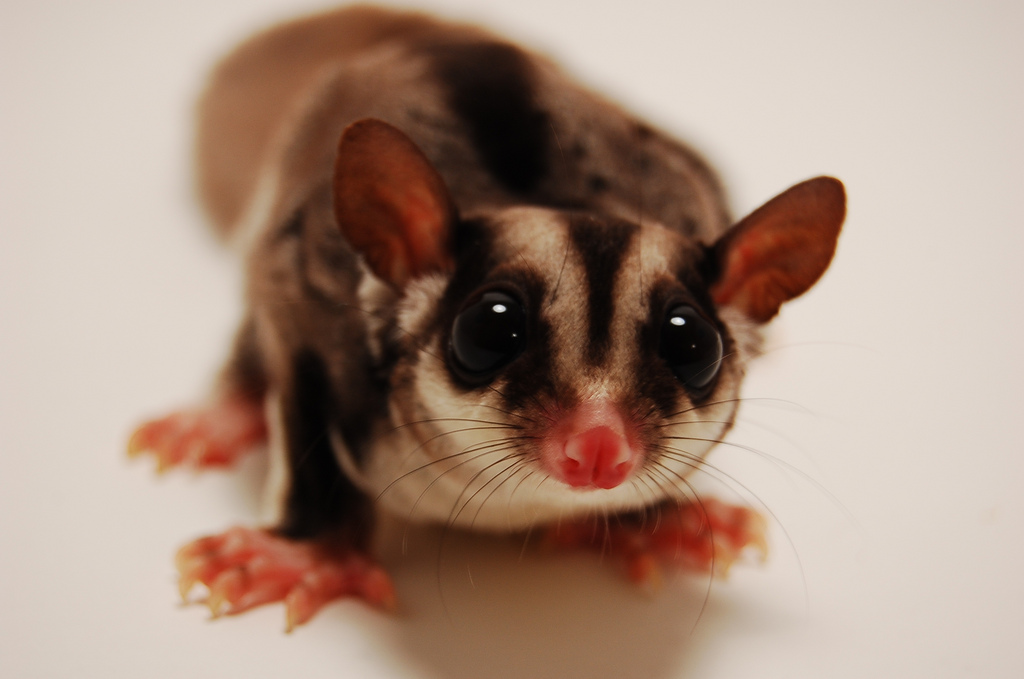

volans are in regards to the size of a home cat, weighing 1-1.5 kg as adults. Females have a well-developed pouch and two mammae. Greater gliders are the biggest of the gliding possums. Detailed guidelines on the climb and catch method are provided. The greater gliders are present in eucalypt forests from Mossman, Queensland, to Daylesford, Victoria. They're largely unknown compared to koalas, as Kansas-born Kara Youngentob.

Once located, success rate for capturing greater gliders from a den by tree climbing and hand capture was 76% (22/29 attempted captures) compared to zero captures from a long-pole-and-net method. Greater gliders are nocturnal and survive on a low-calorie diet of eucalypt leaves, conserving energy by gliding. Detection of gliders residing inside a hollow was most efficient by tracking gliders 2 h before dawn, when compared to stationary stag watching and spotlighting along short transects at last light. They have fur-covered membranes that enable them to glide up to 100 metres between trees. The routine uses (1) detection surveys (three methods trialled) to identify hollows occupied by greater gliders, and (2) tree climbing of identified den trees by a qualified tree climber who extracts the greater glider by hand from the hollow if it is shallow enough or waits up to 60 min for the animal to emerge and then catches it by hand. Greater gliders are beautiful, fluffy, cat-sized possums with large ears, long tails and claws. Here we review methods used to capture greater gliders and describe methods that are more effective in capturing greater gliders while decreasing risks to animal welfare. Similar declines are likely throughout the distribution of the species with increasing climate change.The greater glider ( Petauroides volans) is a difficult species to study because they are arboreal, spending the majority of their time in the canopy. Following indications of a decline in the Blue Mountains, we collated records and undertook surveys in 201516 to assess whether a decline has occurred and whether the decline is associated with climate change or other factors. The most likely cause of the decline is the direct and indirect effects of a marked increase in temperature in the Blue Mountains. Abstract The range of the greater glider ( Petauroides volans) is predicted to contract with climate change. We found no evidence that greater gliders have been impacted by increasing numbers of owls or cockatoos or that either the fire regime or rainfall has changed in the last 20 years. Nine habitat variables accounted for 84% of the variation in greater glider density between our study sites, with significant independent contributions from elevation (37%) and time since fire (23%). The bodies of these gliders are covered with a soft shaggy coat of fur that increases their apparent size. Females in this species are generally larger than males. Greater gliders are listed as vulnerable by the Australian Conservation Foundation, with the population declining by 80 per cent in just 20 years. Historical data suggest that in 1986–96 it occurred in similar abundance across all elevations, 80–1060 m. Greater gliders are small gliding marsupials. Where can I see a greater glider Spotting a greater glider takes a keen night eye and good spotlighting skills. In fact, they don’t make loud sounds at all. Researchers also believe they communicate with each other through scent marking rather than sounds. The species is now rare at lower elevations but remains relatively common at higher elevations: about seven times more abundant above 500 m than below. Greater gliders can glide up to 100 metres They have some other curious traits too, like big ears and extra fluffy fur that makes them look bigger than they really are. We were unable to relocate greater gliders at 35% of our study sites, even though all were in known former locations. Following indications of a decline in the Blue Mountains, we collated records and undertook surveys in 2015–16 to assess whether a decline has occurred and whether the decline is associated with climate change or other factors. It uses scent marking to communicate, and has very distinct and regular pathways through the trees as it. The northern greater glider ( Petauroides minor) is a species of gliding marsupial endemic to the forests of north-central Queensland, Australia. The Greater Glider has huge fluffy ears, and large eyes. The range of the greater glider ( Petauroides volans) is predicted to contract with climate change. Imagine a giant flying possum or glider, one that can glide for 100 metres or more, and use its extraordinarily long tail as a rudder to change direction mid-glide.


 0 kommentar(er)
0 kommentar(er)
